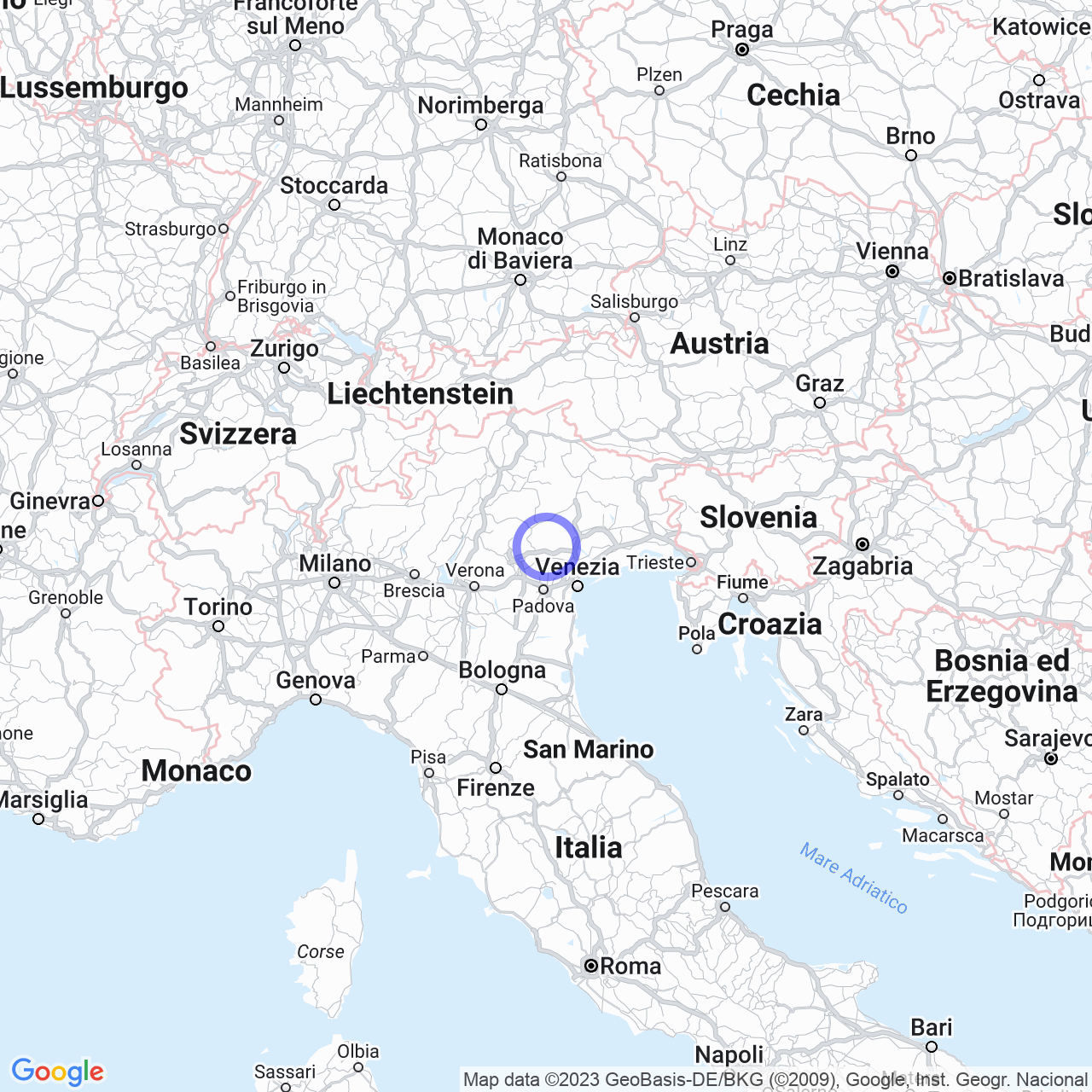Pagnano
Welcome to Pagnano, a village in Asolo!
Hello everyone! Today we are going to talk about Pagnano, a small village in the municipality of Asolo, in the province of Treviso. If you are looking for a peaceful place to relax, away from the stress of the city, you cannot miss the opportunity to visit this location! Let's begin our guided tour!
Physical geography
Pagnano is located about 2.5 km northwest of the municipal capital and is characterized by the presence of the Musone (Veneto) and Erega streams. It extends over modest hilly terrain, culminating at an altitude of 176 m with the Cogorer hill. The area is connected thanks to the Foresto di Pagnano, a green road that leads directly to the Sant'Anna district.

History
The history of Pagnano is very ancient, as evidenced by prehistoric finds. The area was favorable for human settlement, thanks to the passage of waterways and proximity to the municipality of Asolo. The place name should refer to a landowner of the time, a Pagnius or Panius.
In the area, there was a castle built during the invasions of the Hungarians and destroyed at the end of the 13th century after the defeat of the Ezzelini, lords of the place. Near the castle, there were a hospice and a church, managed in a period by the Knights of Malta.
In 1339, Pagnano was subjugated to the Most Serene Republic of Venice and assigned to the Reggimento of Asolo. In 1547, a massacre against Jews was carried out by the Pagnano peasants; The government of the Most Serene Republic punished the culprits severely.
Pagnano was an autonomous municipality until 1806 when there was a merger of municipalities that added the former municipalities of Castelcucco, Crespignaga, Monfumo, and Pagnano to the municipality of Asolo. Currently, Castelcucco and Monfumo are both municipalities, while Crespignaga is a fraction of the municipality of Maser.
Parishes and churches
In the territory of Pagnano, there is one main parish, dedicated to St. John the Baptist, and four small churches. The first is located in the avenue adjacent to the cemetery, dedicated to Saints Cosma and Damiano. The second, dedicated to St. Valentine, is located in Contrada Bernardi. The third is located in via San Gregorio, and is called after the street name. The last and most ancient is on the border between Pagnano and Castelcucco, dating back to the 14th century, and dedicated to St. Martin.
Conclusion
Here is a brief overview of Pagnano, our beautiful village in Asolo. I hope you enjoyed this virtual tour and that you can visit it in person soon. Do not forget to take the opportunity to visit the churches and appreciate the beauty of the surrounding nature. See you soon!
